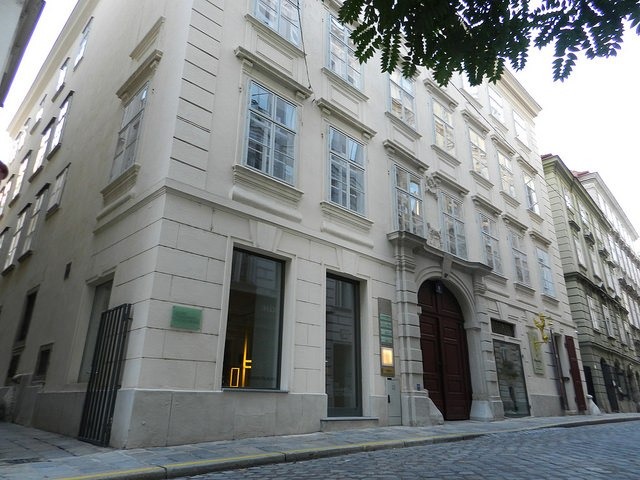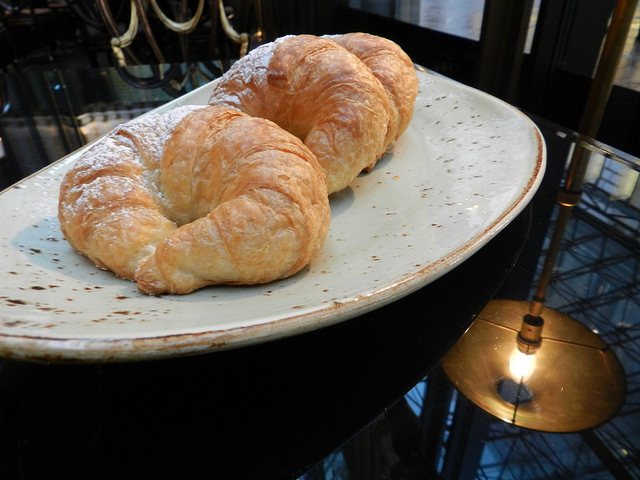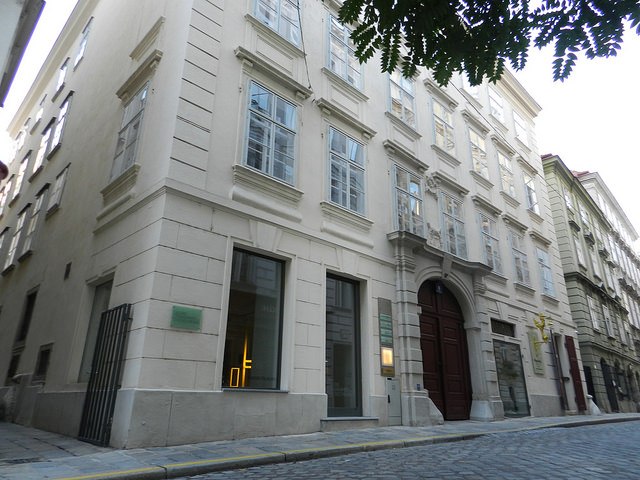The Viennese Croissant
The croissant is one of those baked goods that most people in the Western World are familiar with. It is that trusty staple and friend to anyone who is rushed and wants to grab breakfast on the run. In recent times, it has had various makeovers, with people wanting to sex-up its image by mashing it up with related foods and creating inventions such as the Croissan'wich, the cronut, and the cruffin, but nothing has come close to the original.
And as with many popular foods, many legends surround its creation. I visited Vienna to discover their take on the story.
The kipferl, as it is known here, predates the croissant and is a simpler version. The word originates from kipf, which is German for the round part of a horse carriage. The legend goes that in 1683, at a time when Vienna was under siege from the Ottoman Turks, a baker who was working throughout the night heard noises in the distance, which were from the Turks attempting to invade by tunneling through the city walls. He raised the alarm, the tunnel was blown-up, and the city was saved.
In celebration, the baker created the kipferl in the shape of the crescent moon, as a mockery to the symbol of Islam, and requested that he be the only one permitted to produce these pastries.
Another legend can be found at Grünangergasse 8, in the basement of Kipferlhaus. It is said that the bakers Peter and Eva Wendler, who lived in the Kipferlhaus, are the true inventors of the kipferl. However, there's only historical proof that Peter Wendler was the owner of the house and that he worked as a baker, but no proof that they invented the pastry.
Kipferlhaus was acquired by Gerhard Strasser in 2005. It was in very bad condition and took a lot of work to renovate. During construction, workers found pieces of an oven from the bakery and a little room next to the chimney, which was used by the trainee baker. They transformed the cellar into a wineBANK, so it isn't open to the public, but Mr. Strasser does get stopped and asked about the house from tourists who snap away at the façade and the kipferl and bakery signs above the door.
The pastry itself is pretty simple to make, and is still very popular. For instance, in 2015, the Hotel Bristol had about 55,000 guests in-house, about 37 percent of which were Americans. They make between 60 and 100 pieces per day, and tell us croissants and kipferl are still the most popular items on the breakfast menu. Manuel Gratzl has been the executive chef at Hotel Bristol since Nov. 2015, and he made some croissants and kipferl especially for us.
Finally, you might be wondering how the kipferl got to France and became the fancy croissant. Well, this happened in 1770, when the Austrian Princess Marie Antoinette married King Louis XVI of France, and introduced France to her favorite food. The legends vary here too, but essentially, the French made the kipferl for her, and used the word "croissant," which is French for crescent.


